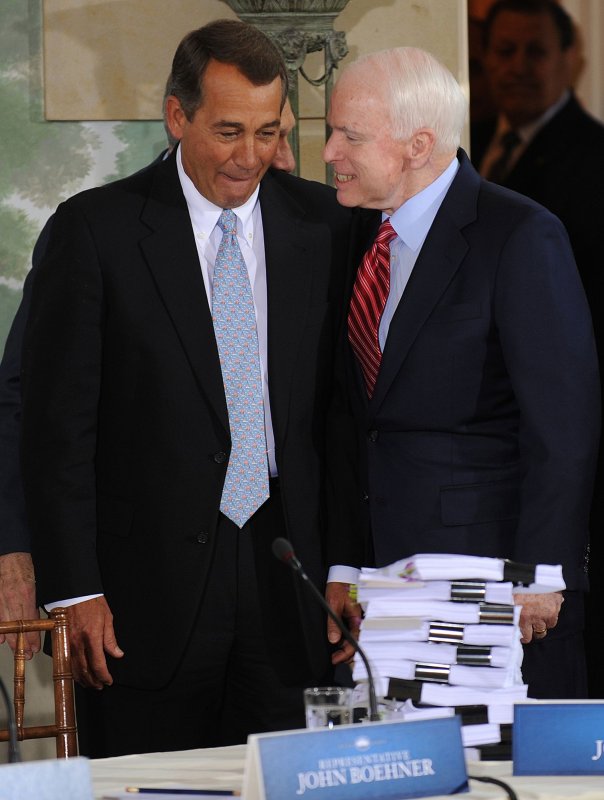WASHINGTON, June 19 (UPI) -- An analysis of the initial health plan filings in nine states finds premium rates appear to be falling below U.S. government estimates, analysts say.
Caroline Pearson, vice president at Avalere Health, a Washington firm that delivers research, analysis, insight and strategy for leaders in healthcare business and policy, said information on the nine states was publicly available and represent a cross section of geography and state size, including two federally facilitated exchanges.















